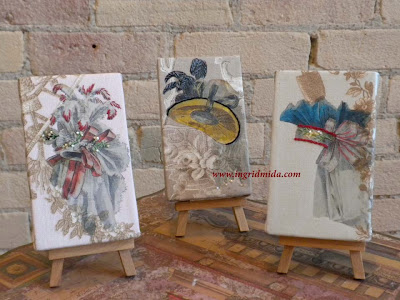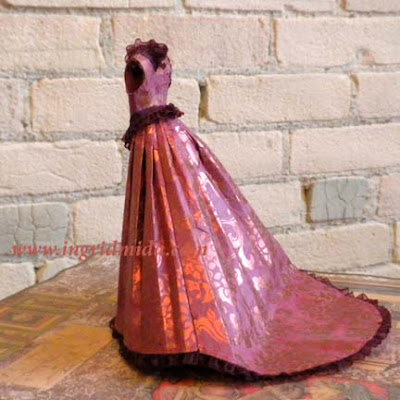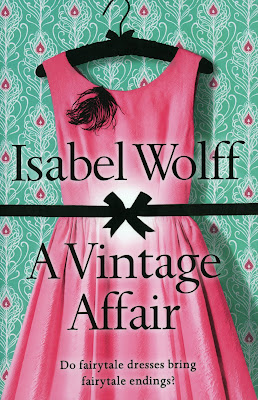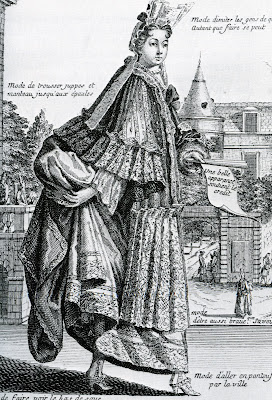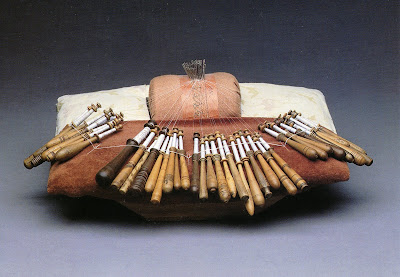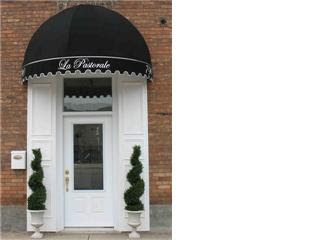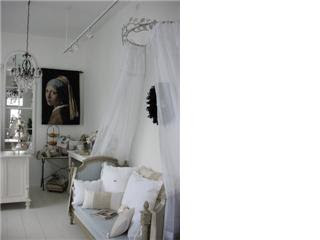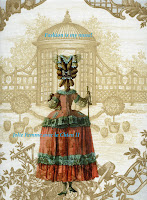
There is no singular definition of beauty. Through history, the concept of what is considered beautiful has evolved and that changing ideal has been documented by artists, poets and authors. In my quest to understand the concept of beauty, I read the book "History of Beauty" by Umberto Eco.
This monumental tome seeks to answer the questions: What is beauty? What is art? What is taste and fashion? Umberto Eco explores the changing concept of beauty in Western civilization from the ancient Greeks to the present time through extracts from literature, poetry and philosophy as well as paintings, sculptures and photographs.
The seventeen chapters documenting the history of beauty include:
1. The Aesthetic Ideal in Ancient Greece
2. Apollonian and Dionysiac
3. Beauty as Proportion and Harmony
4. Light and Color in the Middle Ages
5. The Beauty of Monsters
6. From the Pastourelle to the Donna Angelicata
7. Magic Beauty between the Fifteenth and Sixteenth Centuries
8. Ladies and Heroes
9. From Grace to Disquieting Beauty
10. Reason and Beauty
11. The Sublime
12. Romantic Beauty
13. The Religion of Beauty
14. The New Object
15. The Beauty of Machines
16. From Abstract Forms to the Depths of Material
17. The Beauty and the Media
One of the most fascinating parts of the book are the comparative tables which visually illustrate and summarize how the concept of beauty has evolved through art over time. For example on the comparative table for "Clothed Venus", the ideal woman is presented from the seventh century BC in the form of a sculpture called Auxerre Kore (Musee de Louvre) and moves through each century to 1960 with Anita Ekberg in La Dolce Vita. Included on this table are some of my favourite artworks such as:
Raphael's La Donna Velata (1514, Galleria Palatina, Palazzo Pitti)
Francois Bouchers Madame de Pompadour (1756, Alte Pinakothek Museum)
Egon Schieles Seated Woman with Brent Knee, (1917, Narodni Galerie)
Other comparative tables include: Nude Venus, Nude Adonis, Clothed Adonis, Face and Hair of Venus, Face and Hair of Adonis, Madonna, Jesus, Kings, and Queens.
One of the most surprising things that I gleened from reading this book is that ugliness is a requirement for beauty. It is in fact the contrast between the two that allows us to recognize beauty. "William of Auvergne said that variety increases the Beauty of the universe, and thus even the things that strike us as unpleasant are necessary to the universal order, including monsters." (page 148)
This is a scholarly book that presents a comprehensive analysis of the ideals of beauty as presented through art and literature. Richly illustrated and written in elegant prose, it should be read by every serious student of art and fashion.
"A beautiful thing is something that would make us happy if it were ours, but remains beautiful even if it belongs to someone else." (page 10)
Title: History of Beauty
Edited by: Umberto Eco
Translated by: Alastair McEwen
Publisher: Rizzoli, New York (2004)
Category: Non-fiction, art
Number of Pages: 438





